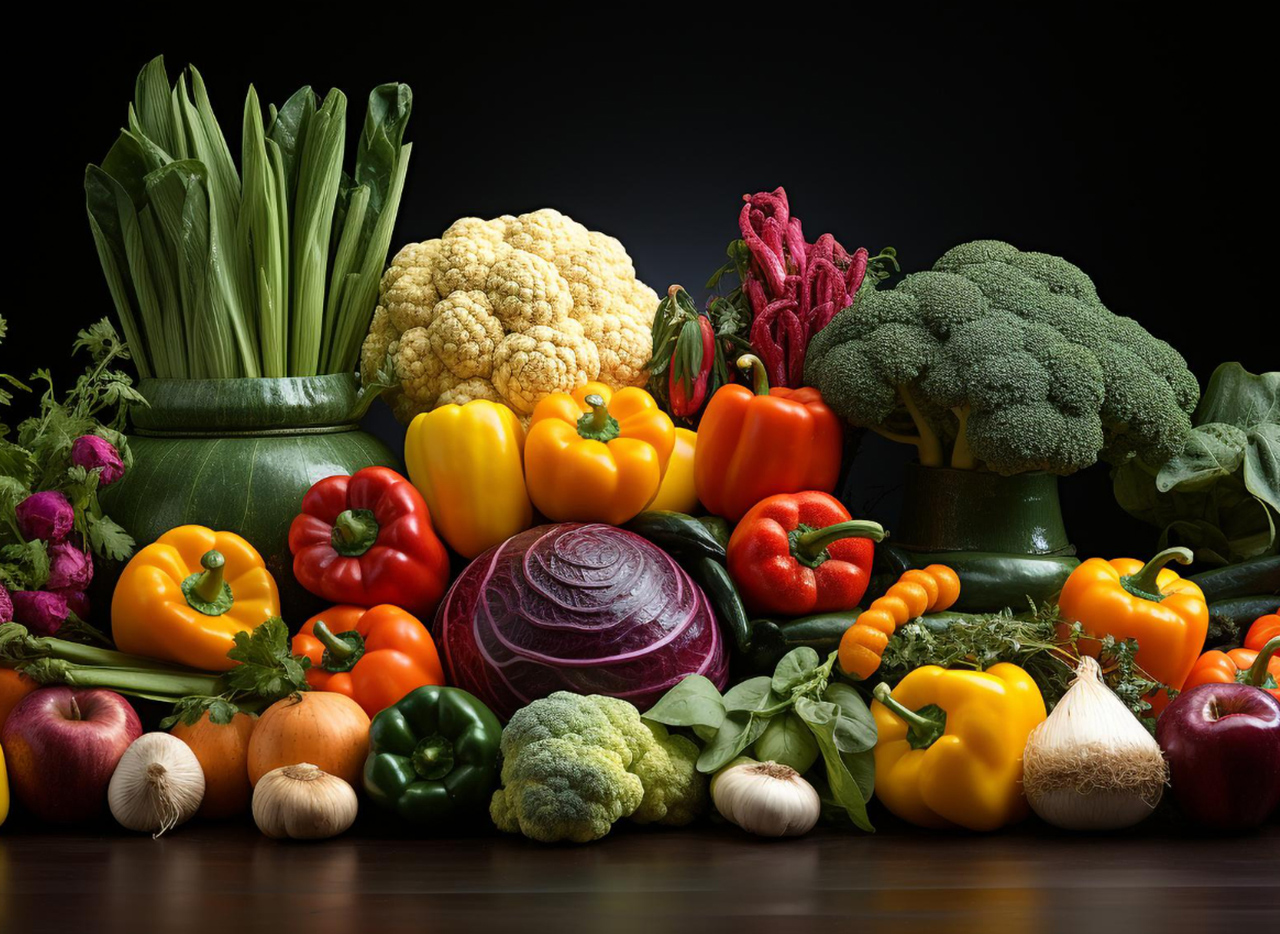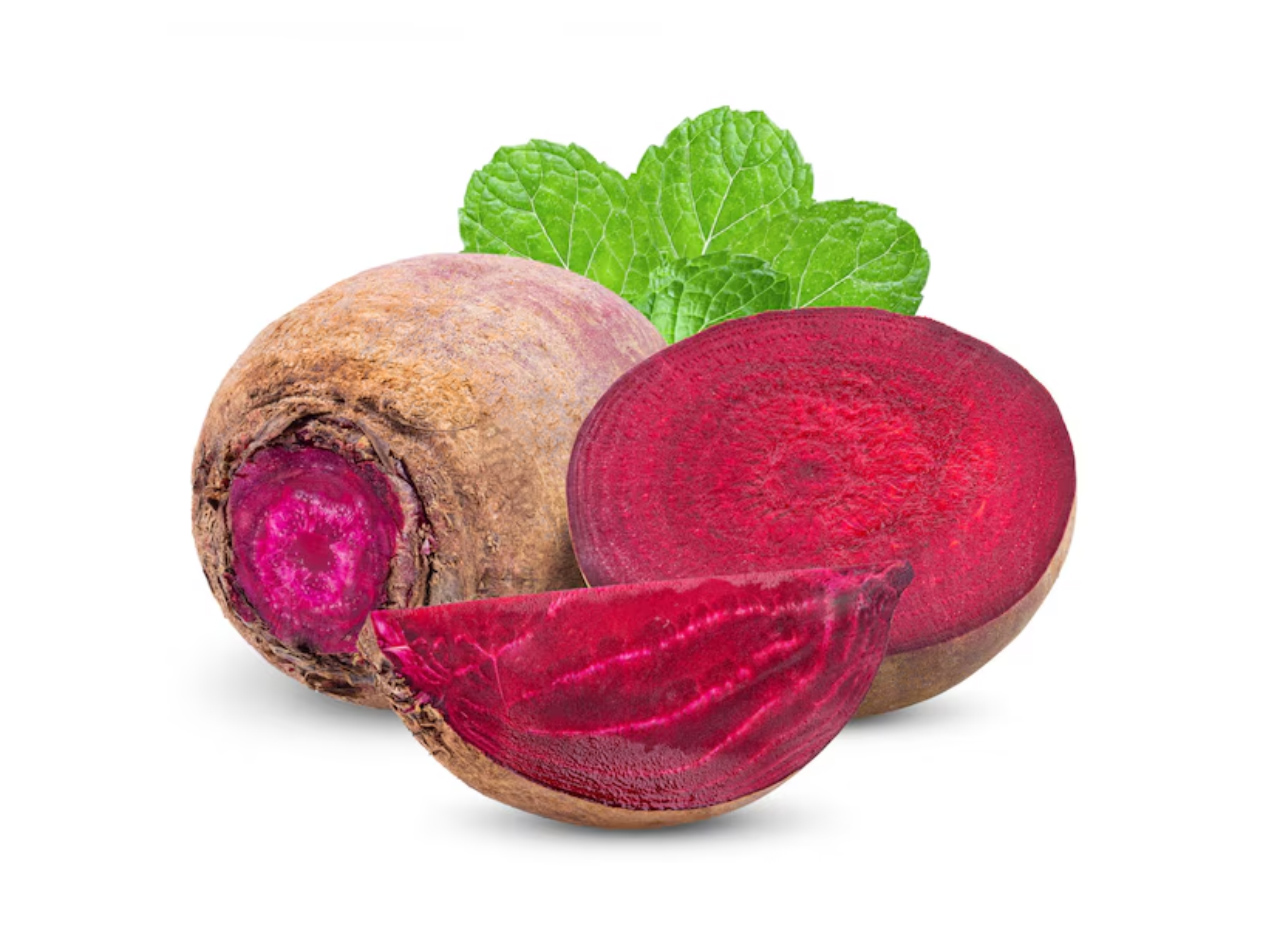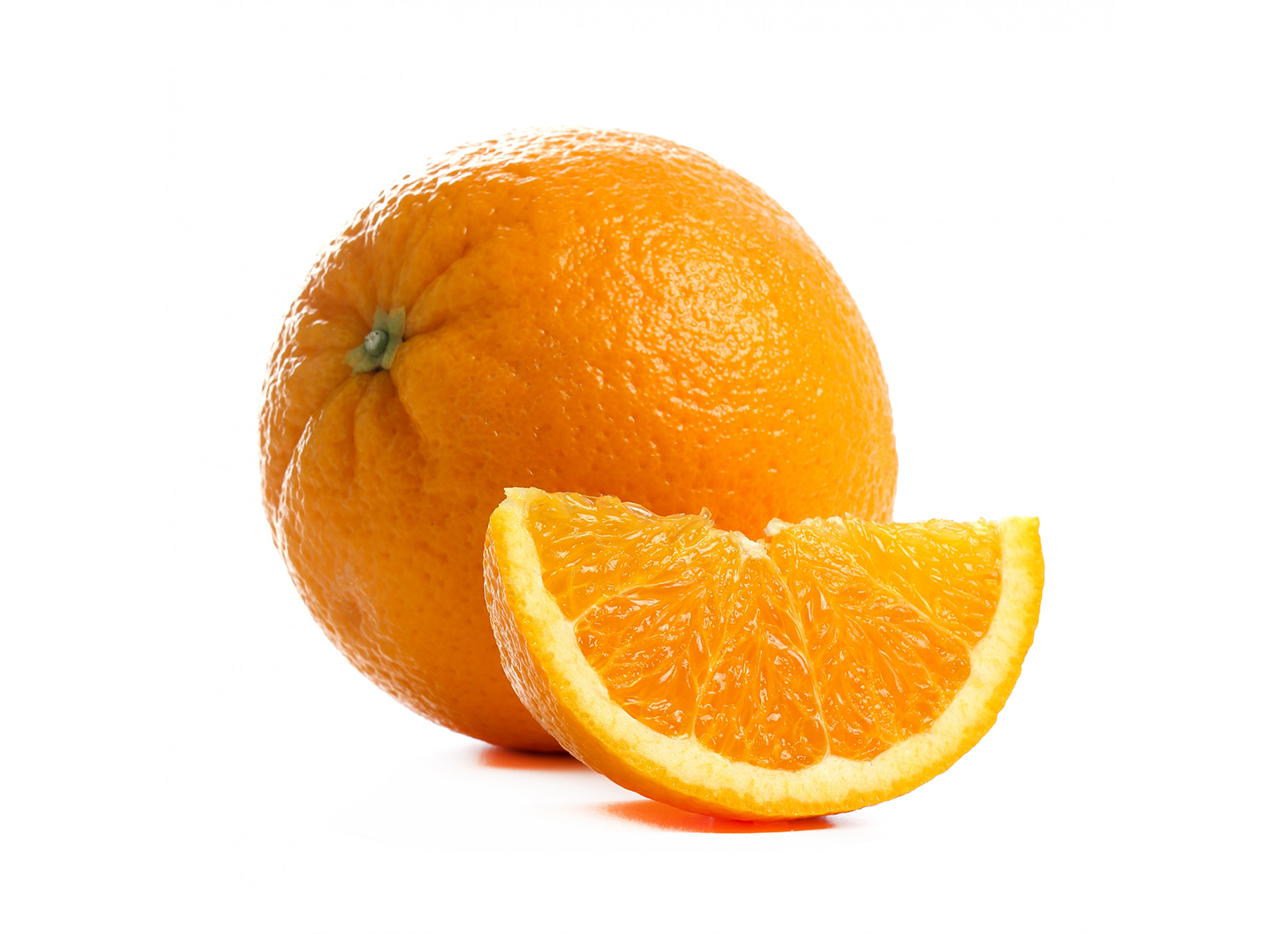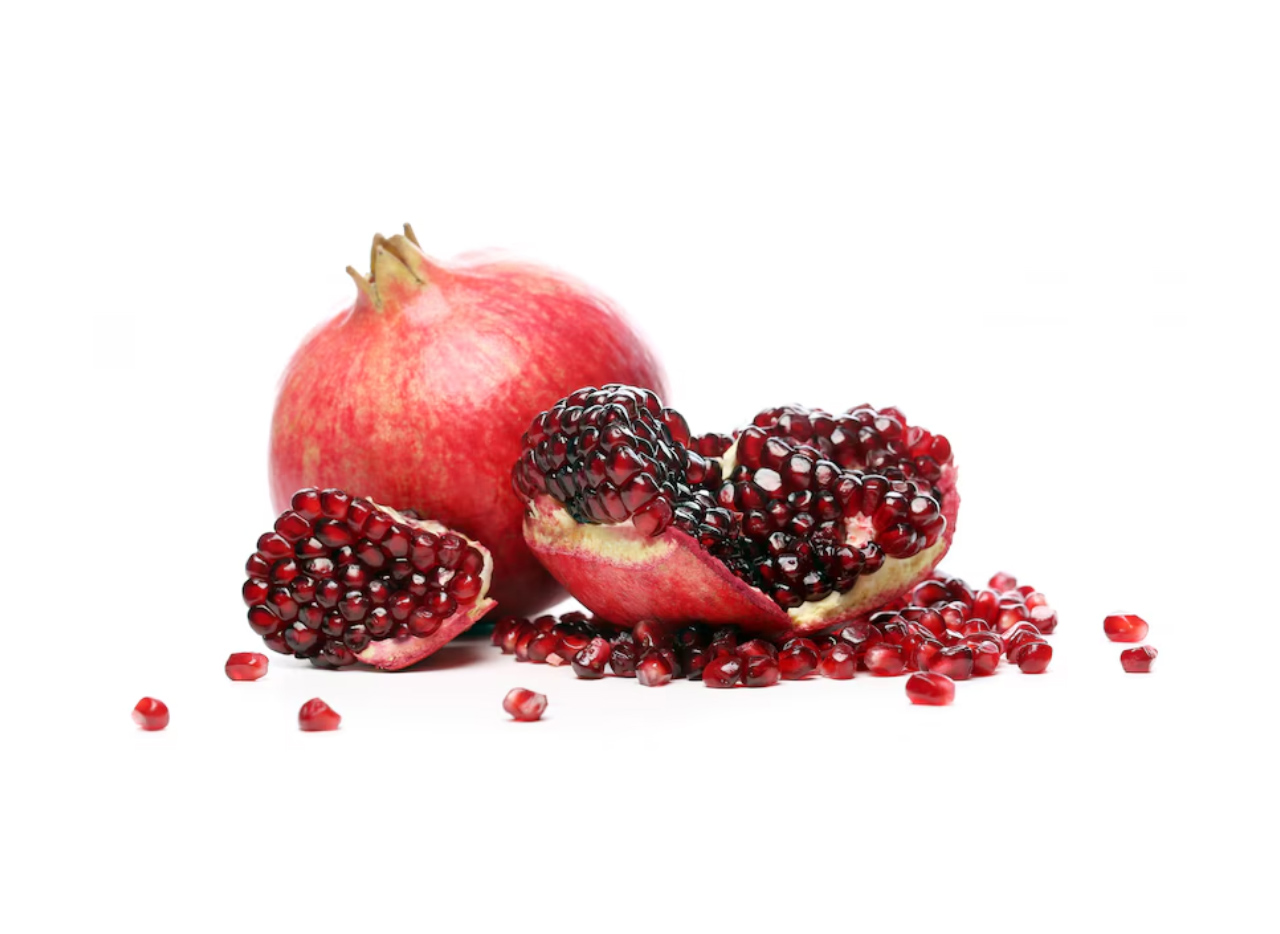Fruits are classified according to the arrangement from which they derive. There are four types—simple, aggregate, multiple, and accessory fruits. Simple fruits develop from a single ovary of a single flower and may be fleshy or dry. Principal fleshy fruit types are the berry, in which the entire pericarp is soft and pulpy (e.g., the grape, tomato, banana, pepo, hesperidium, and blueberry) and the drupe, in which the outer layers may be pulpy, fibrous, or leathery and the endocarp hardens into a pit or stone enclosing one or more seeds (e.g., the peach, cherry, olive, coconut, and walnut). The name fruit is often applied loosely to all edible plant products and specifically to the fleshy fruits, some of which (e.g., eggplant, tomatoes, and squash) are commonly called vegetables. Dry fruits are divided into those whose hard or papery shells split open to release the mature seed (dehiscent fruits) and those that do not split (indehiscent fruits). Among the dehiscent fruits are the legume (e.g., the pod of the pea and bean), which splits at both edges, and the follicle, which splits on only one side (e.g., milkweed and larkspur); others include the dry fruits of the poppy, snapdragon, lily, and mustard. Indehiscent fruits include the single-seeded achene of the buttercup and the composite flowers; the caryopsis ( grain ); the nut (e.g., acorn and hazelnut); and the fruits of the carrot and parsnip (not to be confused with their edible fleshy roots).
An aggregate fruit (e.g., blackberry and raspberry) consists of a mass of small drupes (drupelets), each of which developed from a separate ovary of a single flower. A multiple fruit (e.g., pineapple and mulberry) develops from the ovaries of many flowers growing in a cluster. Accessory fruits contain tissue derived from plant parts other than the ovary; the strawberry is actually a number of tiny achenes (miscalled seeds) outside a central pulpy pith that is the enlarged receptacle or base of the flower. The core of the pineapple is also receptacle (stem) tissue. The best-known accessory fruit is the pome (e.g., apple and pear), in which the fleshy edible portion is swollen stem tissue and the true fruit is the central core. The skin of the banana is also stem tissue, as is the rind of the pepo (berrylike fruit) of the squash, cucumber, and melon.






